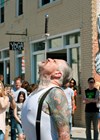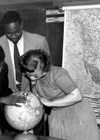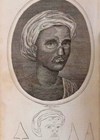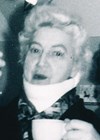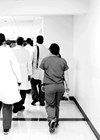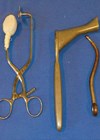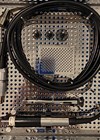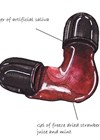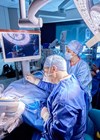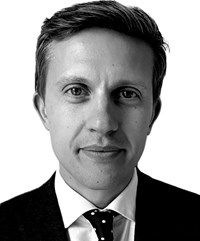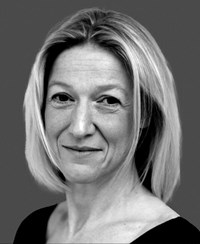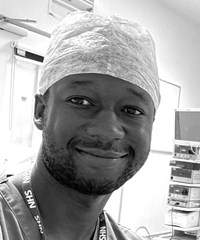ENT features
The pioneers of endoscopy and the sword swallowers
Adolf Kussmaul drew inspiration from an unlikely source to further the development of endoscopy… The early pioneers of airway endoscopy and oesophagoscopy were bedevilled by two major and seemingly insurmountable problems. One was the paucity of light sources, with reliance...
Andrew Foster and deaf education
This article examines the career of deaf African American, Andrew Foster, and his contribution to deaf education in Sub-Saharan Africa. The history of medicine has often been guilty of attributing great revolutions to a single person (usually a white man)...
Sushruta and Indian rhinoplasty
Vijay Pothula explains rhinoplasty’s roots in ancient Indian Ayurvedic medicine, and how it was introduced to the Western world. In 1794 The Gentleman’s Magazine published a surgical operation which was long established in India but unknown in Europe [1]. A...
The Ewings and paediatric audiology
Medical historian, Laura Dawes, discusses how Irene and Alexander Ewing were instrumental in shaping paediatric audiology in the first half of the 20th century. Irene and Alexander Ewing were the power couple of audiology in the UK in the mid-20th...
Edith Whetnall’s contribution to ENT and audiology 1910-1965
Sue Archbold reviews the fascinating life of Edith Whetnall and traces her influence on audiology from the mid-20th century to today’s practices. It’s a pleasure to be asked to write about Edith Whetnall for this edition of ENT & Audiology...
Experience on the front line
21st January 2021 Back to basics Yesterday I went right back to where my medical career began. I grew up in Germany, bilingual. A prerequisite to studying medicine in Germany is that applicants have to spend two months working as...
Reflections on virtual teaching
In a situation where we cannot meet our students (whether they be medical professionals or non-medical), how do we maintain their education? Peter Samuel has been speaking to some colleagues on how they have risen to the challenge. The COVID-19...
The ENT operating theatre viewed down the retrospectoscope
We learn much of our future by looking at our past; Douglas MacMillan provides us with a fascinating glimpse into his years as a junior doctor. The operating theatre was a somewhat alien environment in the late 1960s: theatre sisters...
The future role of technology in rhinology
Technology is moving our speciality forward very rapidly in all domains, but none more so than in rhinology. David Whitehead looks at current and future trends. How will a surgeon justify their position in a team where artificial intelligence (AI)...
Introduction to virtual healthcare job interviews
What’s the best way to run a video job interview? Matthew Wu and Elliott Kozin provide some top tips – both for interviewer and interviewee. The ongoing COVID-19 pandemic has changed almost every aspect of society. For the foreseeable future,...
Chocolates for laryngectomees
When The Chocolate Line in Bruges, Belgium, was approached by the charity, Shout at Cancer, there was always going to be something very special and innovative in the pipeline! Shout at Cancer’s Thomas Moors has been chatting with Julius Persoone,...
The HEARO Procedure for cochlear implantation
Cochlear implants have become the state-of-the-art treatment for profound to severe sensorineural hearing loss. Since its popularisation, many aspects of this technology have constantly been optimised. Processors have become smaller, are worn behind the ear and are even water resistant....


